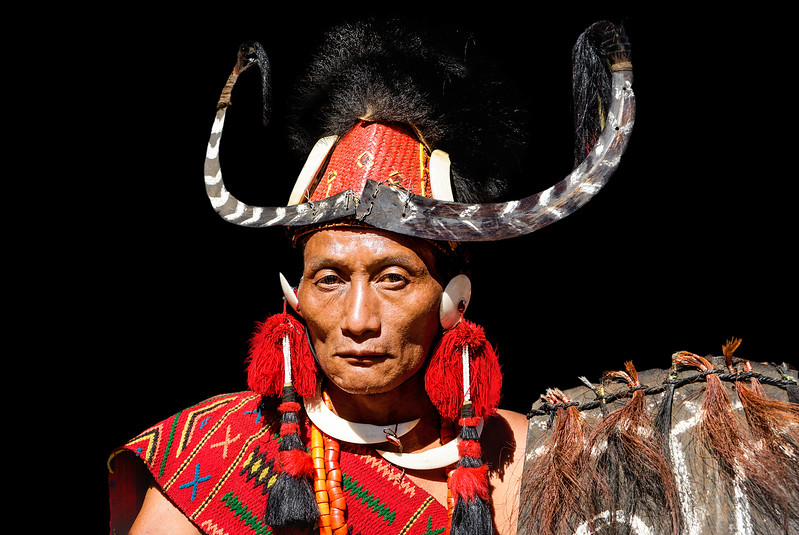The emergence of a Naga leader
Angami Zapu Phizo, a tenacious Naga leader in Nagaland, is revered as the Father of Nagas by those who want their own independent country. He was born in 1903, belonging to the Angami tribe, which had a long history of valiantly resisting the British. Phizo joined the Naga National Council (NNC) as he grew older.
Phizo began to organize a fierce opposition against being incorporated into the new Indian Union as the British forces were getting ready to leave India. As a result, on August 14, 1947—one day before India attained independence—the NNC, under the leadership of Phizo, proclaimed Nagaland’s independence. NNC also informed the British India Government in New Delhi and the UN of this development.
Also Read: Naga Identity: The Beginning of One of India’s Oldest Insurgencies: Part 1
Jawaharlal Nehru, the country’s first prime minister, first came into contact with the Nagas in 1937 when he was on an eight-day trip to Assam, where he was captivated by the region’s hills and tribal people. Nehru immediately consented to everything when he got a document from T Sakhrie, General Secretary of NNC, demanding local autonomy, protections, and a distinct electorate for the Nagas.
During that time, Phizo’s Naga separatist movement had gained significant ground. The NNC, led by Phizo, held a plebiscite on May 16, 1951, to gauge support among the Nagas for a distinct Naga nation in response to the Pakistan movement’s success. With the fingerprint on their hand, 99.90% of Nagas expressed a desire for their own independent country. The outcome of the plebiscite was telegraphed to the Crown in Britain and New Delhi on the same day.

A team from the NNC headed by Phizo met Nehru in Assam in December 1951 as he was running for office in the first general election that year. Phizo argued for sovereignty while bringing out the plebiscite’s outcome. At that point, Nehru was aware of the Naga movement’s undercurrent and realized how crucial it was to stop raising the issue of Naga independence.
Nehru had stated that it was “difficult to consider even for a minute such an insane demand for independence of the Nagas” in the current context of both India and the rest of the globe. Voting boxes were sent to the hills a year later for India’s first general election. Since the Nagas abstained, no ballots were cast.
The Nagas’ Conflict With Nehru
It was an incident that happened in 1953 that led to acts of counterinsurgency brutality. To put an end to the separatist movements calling for a separate Nagalim, Nehru dispatched a security force troop to the highlands. The first Naga insurgency and counterinsurgency of Independent India erupted from Kohima as a result.
Leaders of the NNC were detained. Many left the country. Phizo went into exile and spent the remainder of his life attempting to gain support from different countries until dying in 1990 in London. Approximately 40 years later, numerous deals, agreements, handshakes, and photographs with Naga representatives were taken at various times on Naga issues.
Also Read: Israel and Iran : From Friends to Enemies
The Naga issue has not yet been resolved amicably by the Indian government and the separatist leaders. Even now, a small group operating out of Kohima is the NNC. It is a split-off group of the NNC called the National Socialist Council of Nagaland (IM), which is now in negotiations with the Indian government.

